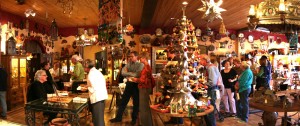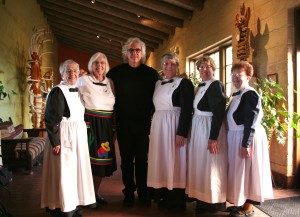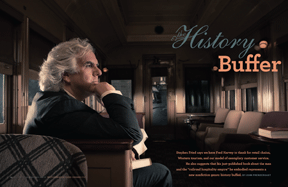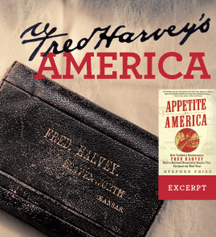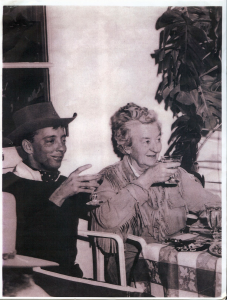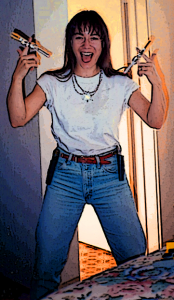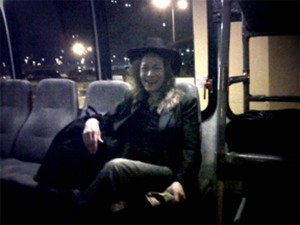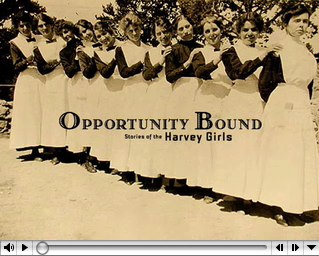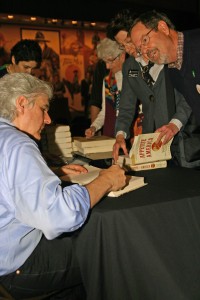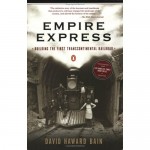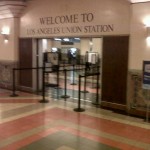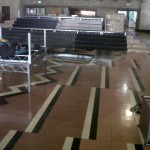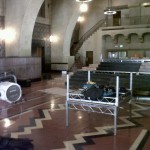When we got to La Posada in Winslow, AZ, we recognized several people we had seen at Grand Canyon and, earlier, in Santa Fe. It turns out more and more travelers are figuring out that the old route of the Fred Harvey Indian Detours—which tourists in the 1920s took by car, bus and train between Santa Fe and Winslow and the South Rim—is an even better trip today. And while most people know about El Tovar and La Fonda, to many La Posada is still a surprise—especially the story of how a couple from LA, Allan Affeldt and Tina Mion, saved it from certain death after the railroad, which had boarded it up, was ready to knock it down in the early 1990s. These two did the impossible—they unpaved paradise and restored the last of Mary Colter’s masterpieces to the point where it is no longer just living history but one of the great hotel experiences in the US. And the restaurant—the Turquoise Room, run by inventive chef-owner John Sharpe—is one of the best in the nation, and certainly a “must-eat” for anyone on a culinary tour of the Southwest. When I was writing Appetite for America, I thought of La Posada often, because it is a thoroughly modern hotel that not only honors the Fred Harvey past but improves upon it in authentic and creative ways; I always hoped my book could do something similar with narrative journalism.
So it was especially gratifying to get such a warm reception in Winslow—every seat was taken, every book sold—and get a chance to spend some time with Allen (who had helped me with the book), Tina (an artist whose amazing paintings fill La Posada, but whom we hadn’t met), and John, who has not only been very encouraging but was inspired by the archival recipes in the book to create over a half-dozen new entrees, and other dishes, which he had on the menu the whole week before we arrived. So we got to eat his scrumptious versions of everything from Chicken Castaneda to Deviled Main Lobster Tails to an absolutely life-changing Apple Nutmeg pie. We also met the wonderful Winslow Harvey Girl group, a lot of life-long Fred-heads and some hotel guests and Rt. 66 travelers–Rt. 66 runs right along the Santa Fe tracks in AZ, we met a group of Aussies who were traversing it in vintage mustang convertibles–who just wandered in and found themselves pulled into the Harvey vortex.
And the evening had a trainiac fantasy ending. We finished dinner and, literally, walked out the door of the trackside hotel and as we approached the the train, the overnight Southwest Chief to LA, the Amtrak porter, Vincent, stepped out, put down a stepstool, extended his hand and said “Ms. Ayres?” One of the great traveling moments of our lives–and exactly the way travel should be and almost never is. Just the way Fred would have wanted it.
